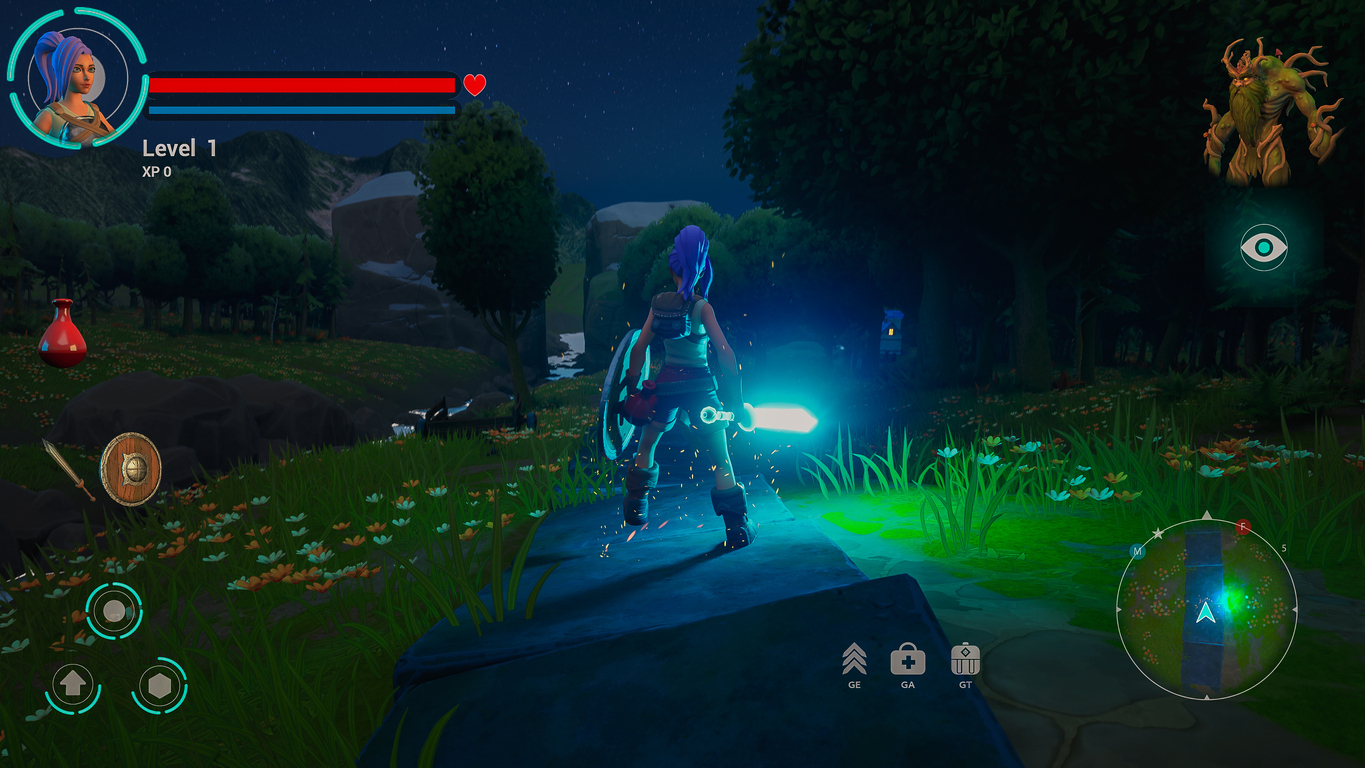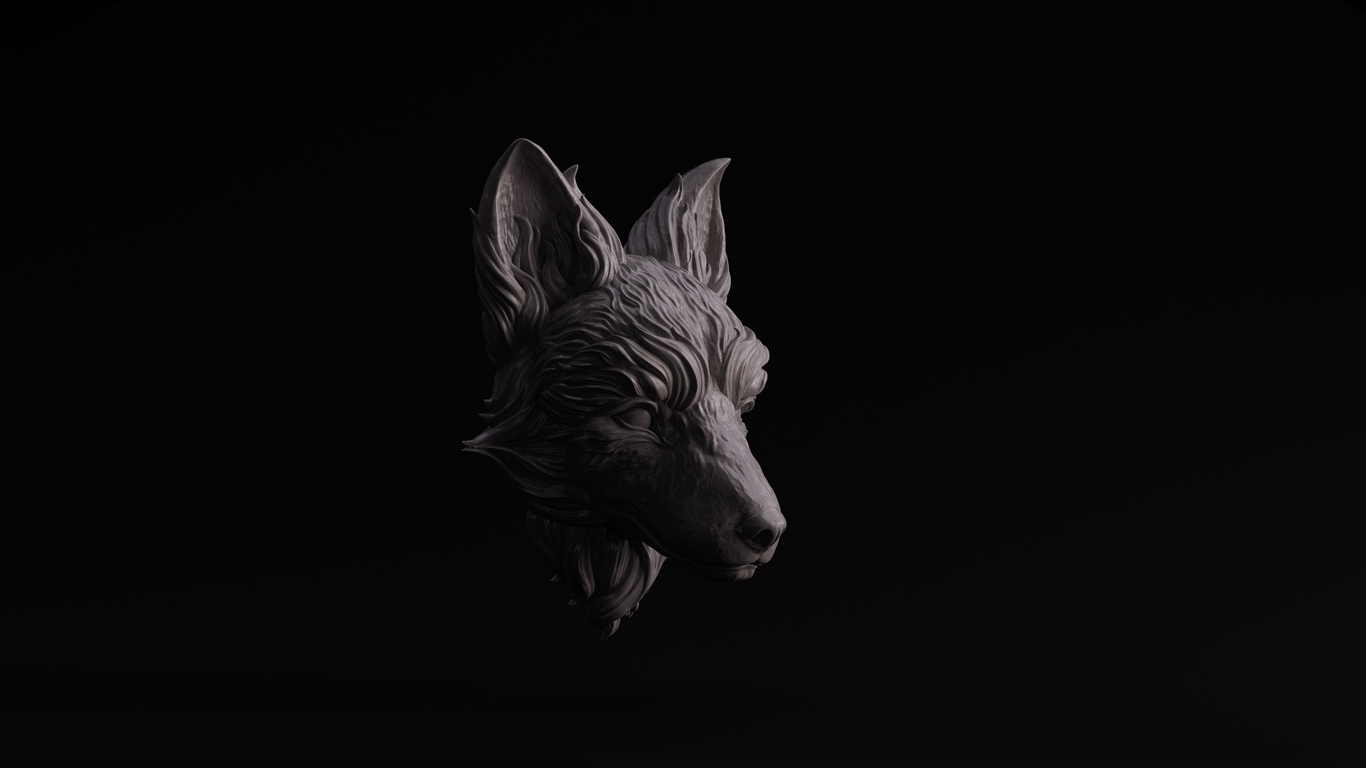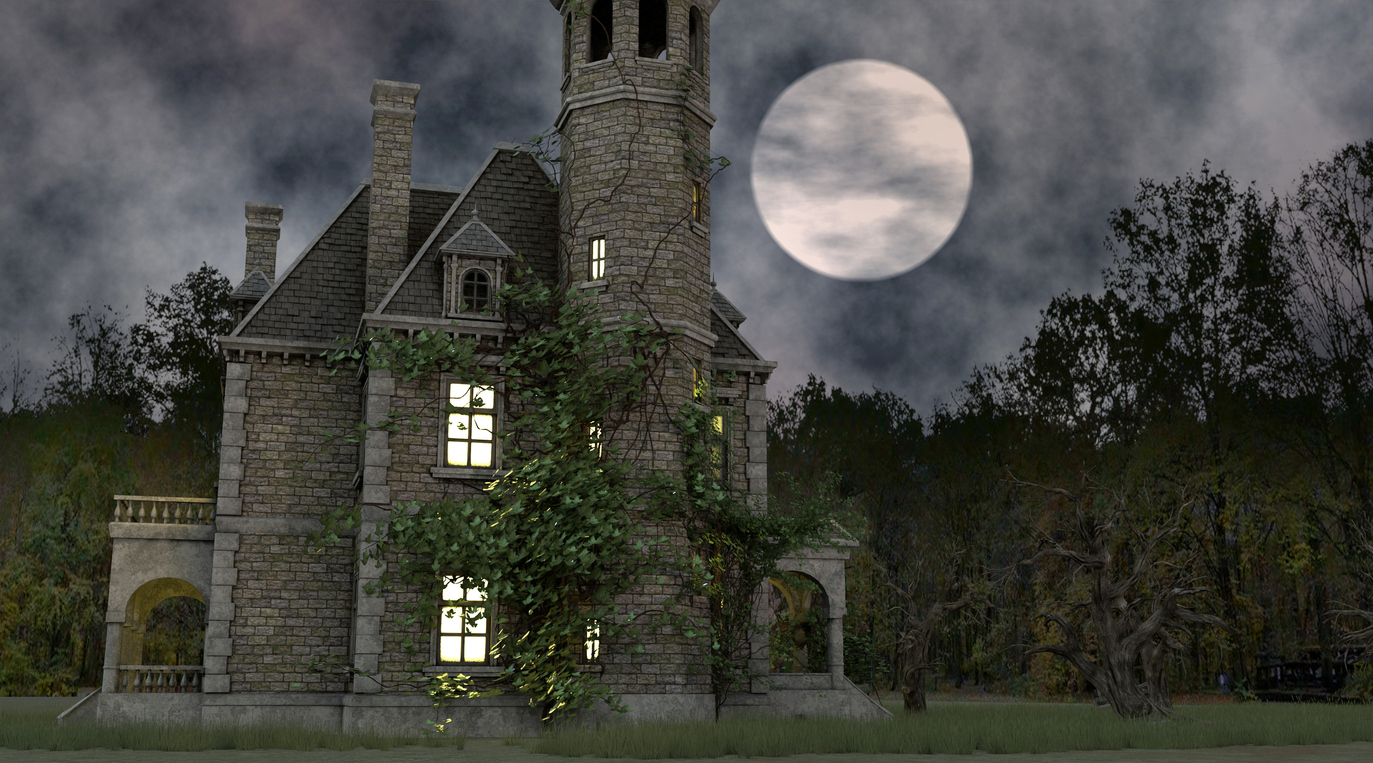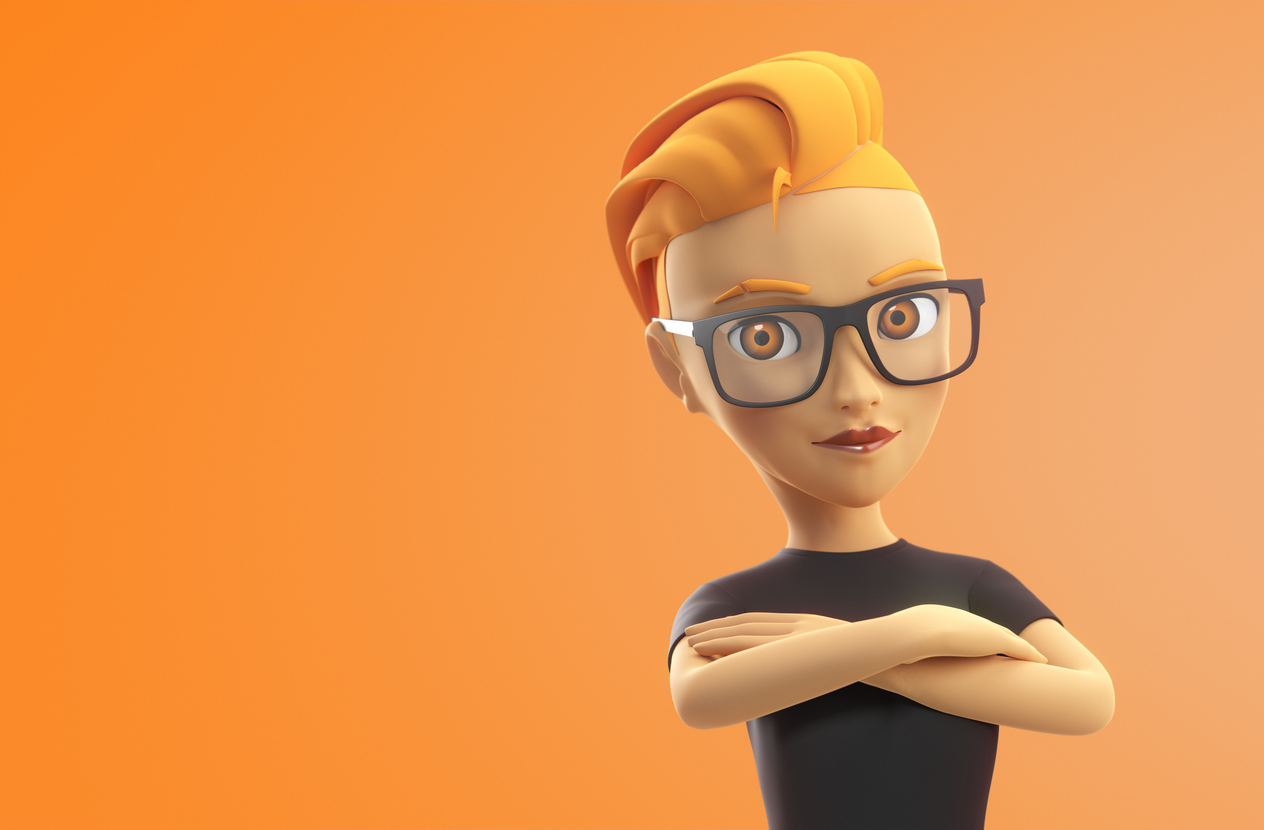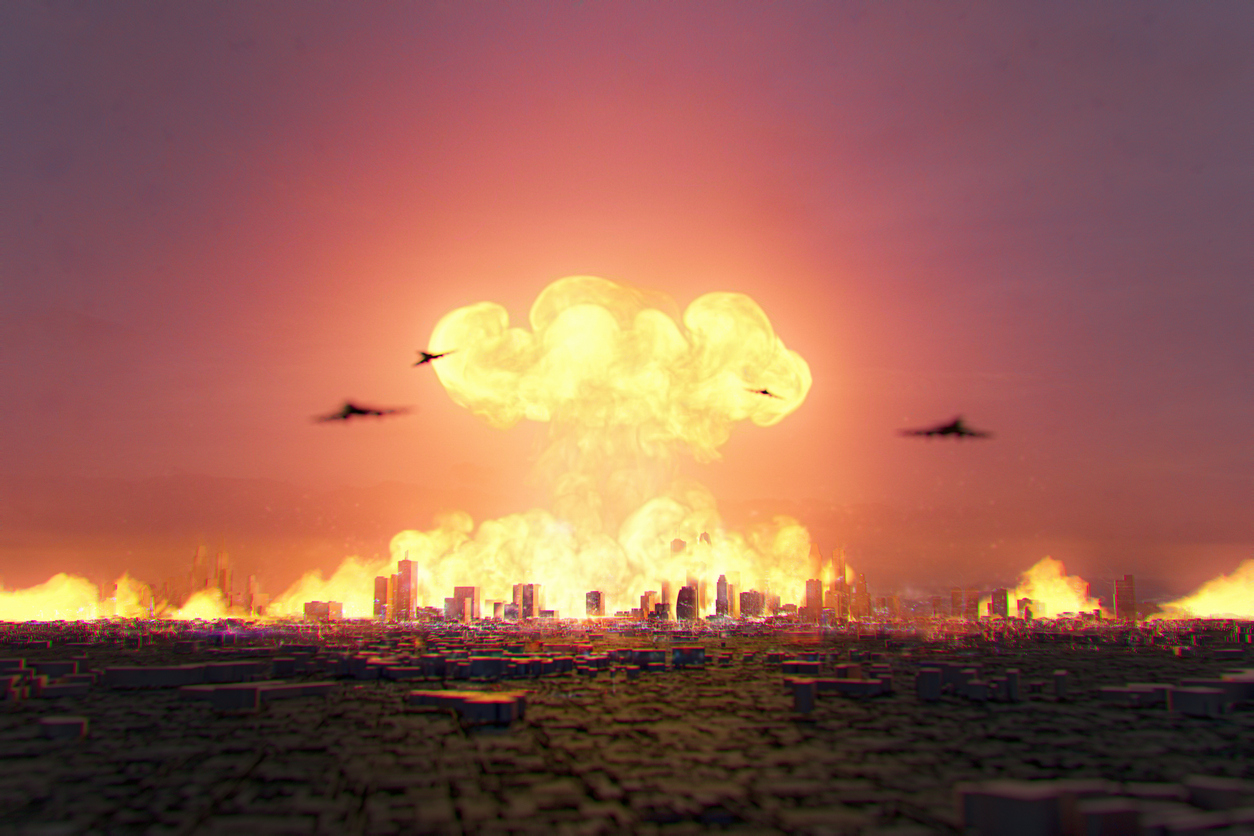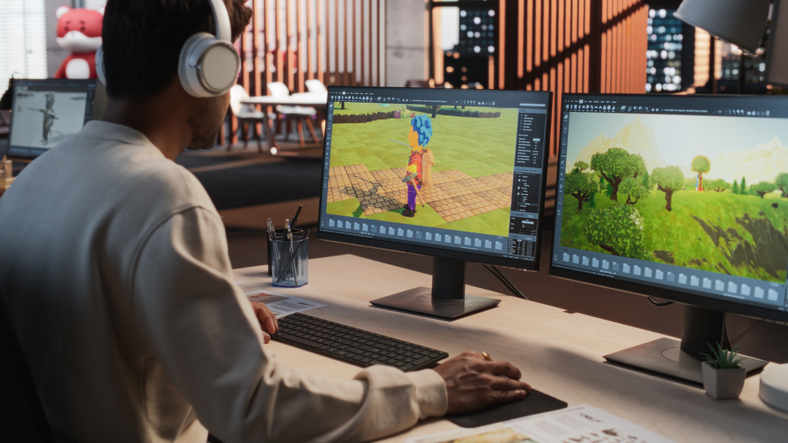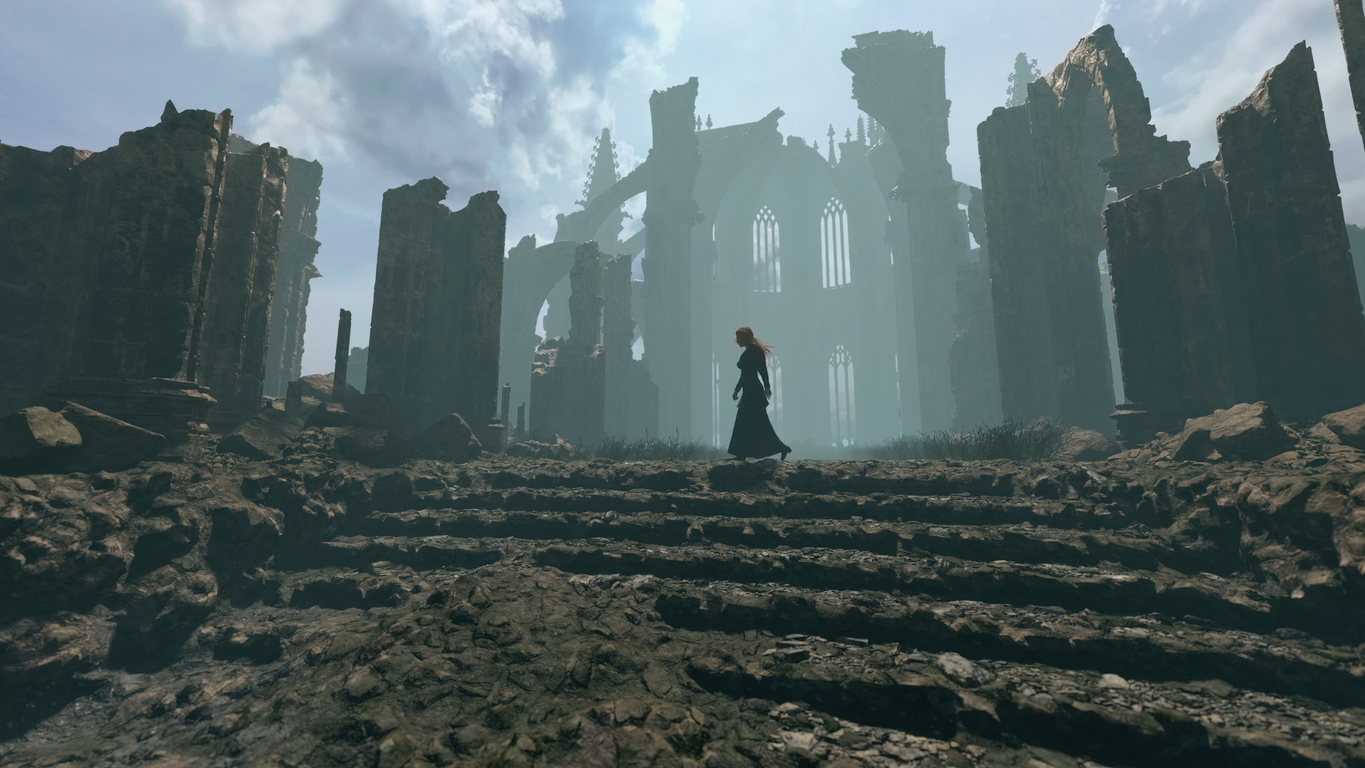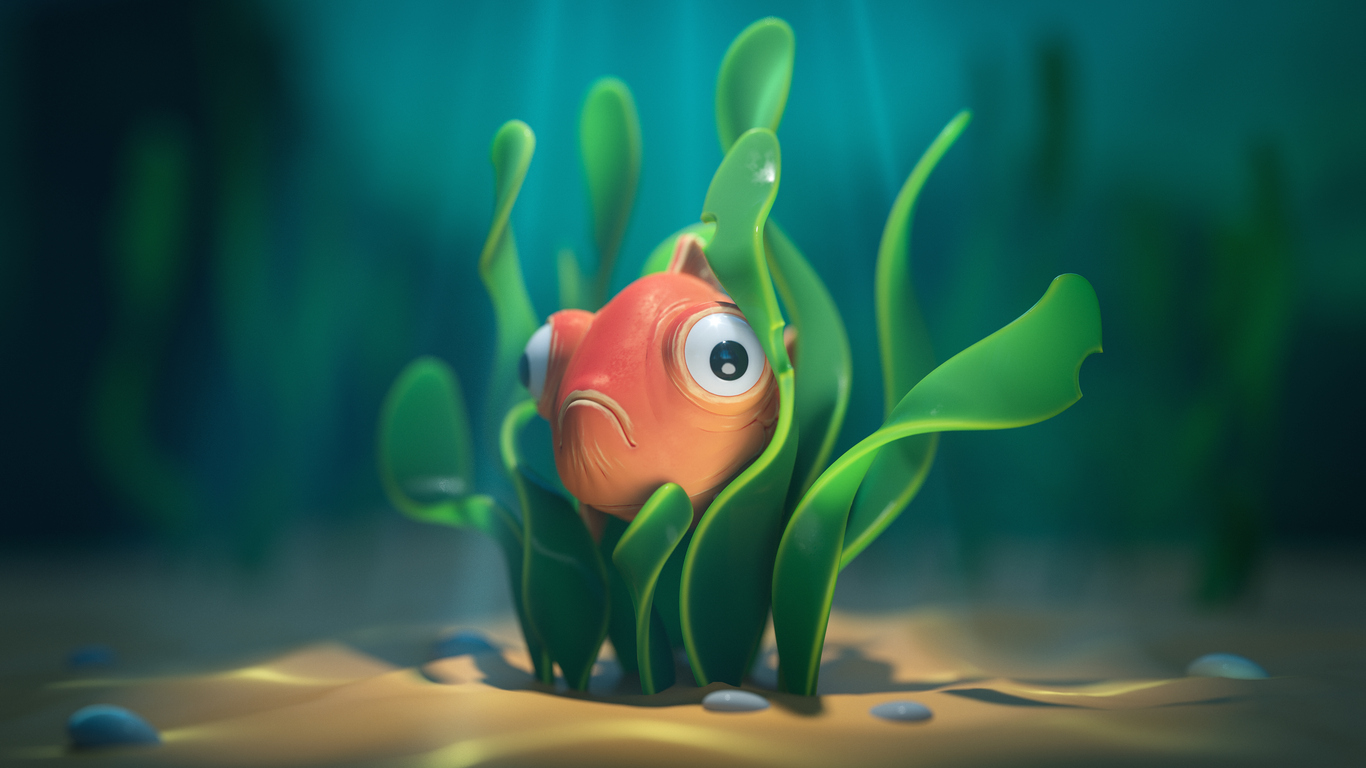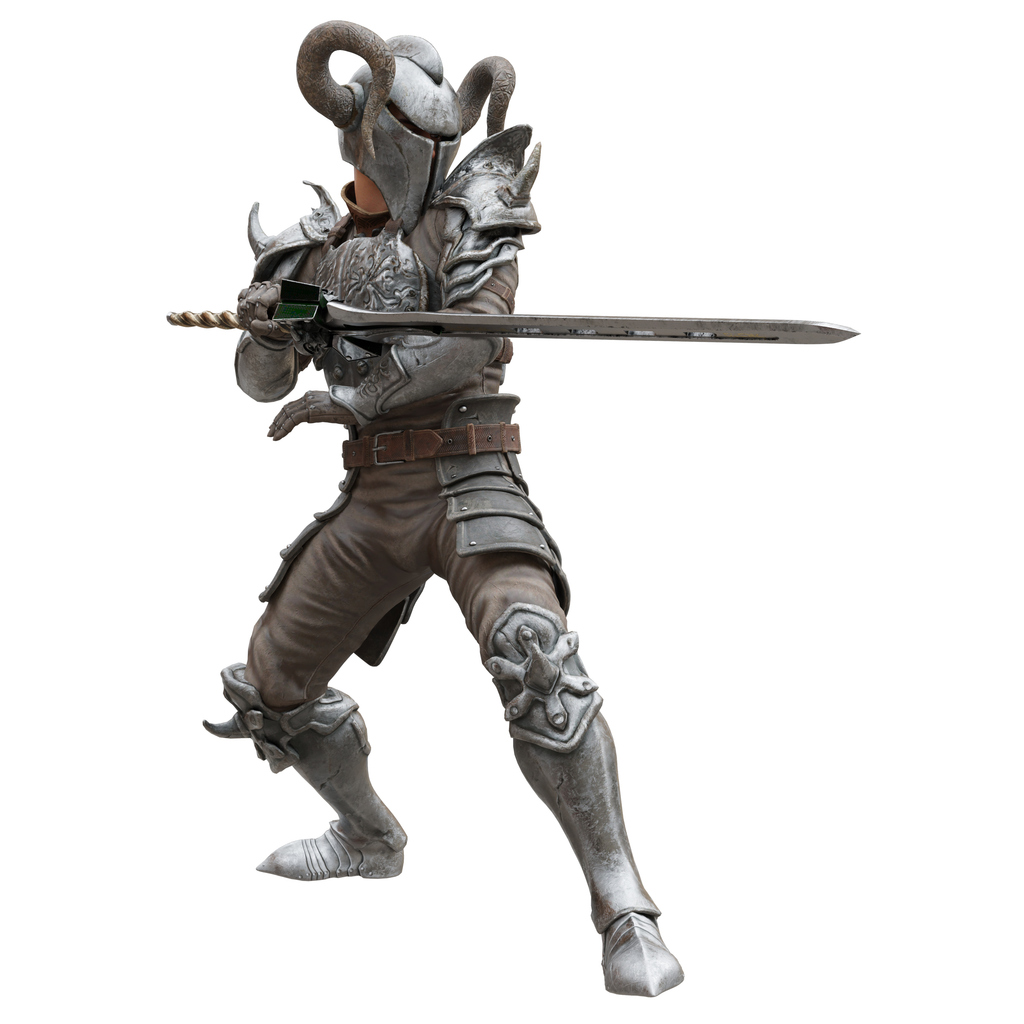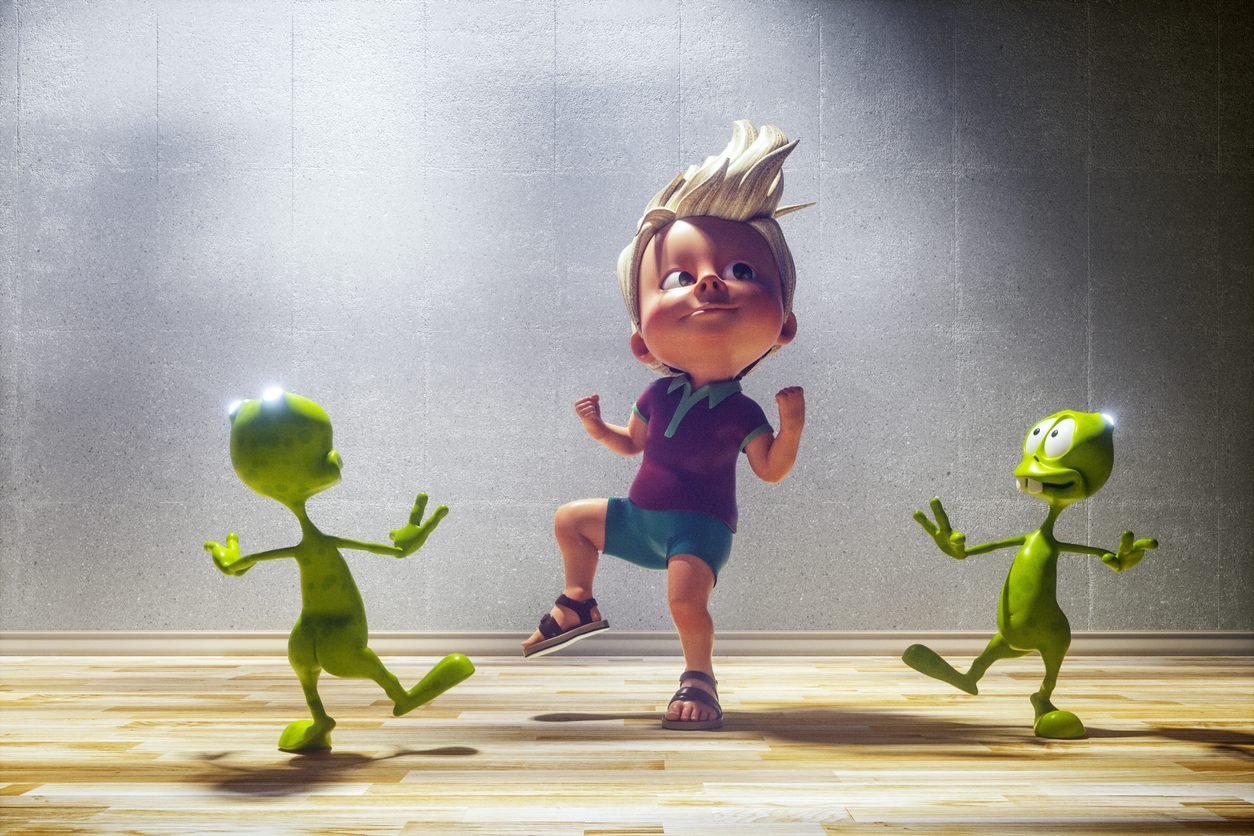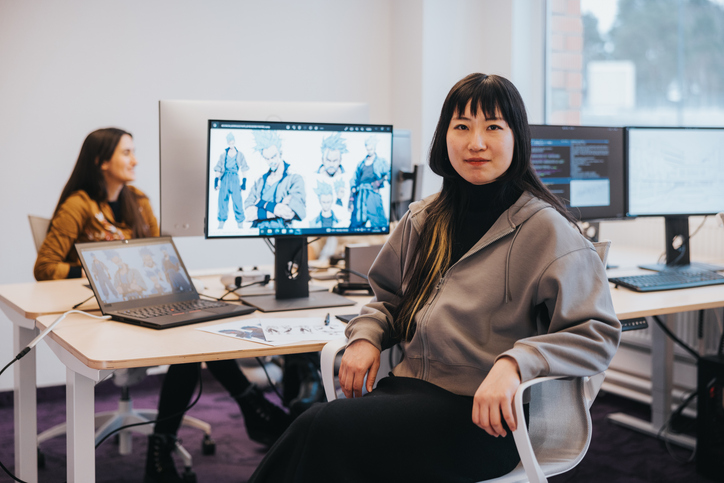If you’ve ever played a game and wondered how its characters, environments, and worlds came to life, chances are Autodesk Maya had something to do with it. Maya is one of the most powerful tools used in the game industry to create stunning 3D visuals, animations, and interactive experiences. Whether you’re interested in designing immersive worlds, crafting realistic characters, or animating epic battles, learning how to use Maya for game development is one of the smartest moves you can make as a beginner.
Let’s explore what Maya is, how it fits into game development, and how you can start learning it step by step.
What Is Maya
Autodesk Maya is a 3D computer graphics software used for modeling, texturing, rigging, animating, and rendering. It’s a professional tool trusted by artists, game developers, and animators around the world. Maya allows creators to build digital assets from simple props to complex characters and bring them to life through animation and simulation. What makes Maya stand out is its versatility. It can handle the entire 3D pipeline on one platform. You can sculpt characters, animated movements, and even simulate physics like cloth or hair, all within the same workspace.
For game development, Maya is used to design everything that appears in the game world. It gives artists complete creative control over form, motion, and visual detail before exporting assets into game engines like Unity or Unreal.
Bonus Read: How to Become a Game Designer in Canada
Why Maya Is Used in Game Development
Maya has been an industry favourite for decades, and there’s a good reason for that. Game studios rely on it for both artistic and technical precision. Here’s why it’s so widely used in game development:
1. Comprehensive Toolset
Maya includes every major 3D tool a game artist needs: modeling, sculpting, rigging, texturing, and animation. Instead of jumping between programs, you can manage the full creative process in one workspace.
2. Professional Industry Standard
From indie studios to AAA developers, Maya is part of nearly every major production pipeline. Learning Maya means learning the same software used by companies behind games like Assassin’s Creed and The Last of Us.
3. Advanced Animation and Rigging
Maya’s animation tools are known for their power and precision. Whether you’re building a walking cycle for a character or a cinematic cutscene, its timeline, keyframing tools, and graph editor make animating smooth and intuitive.
4. Seamless Integration with Game Engines
Maya exports assets in formats like FBX, which are compatible with engines such as Unity and Unreal. Autodesk even includes built-in “Send to Unity” and “Send to Unreal” features to streamline your workflow.
5. Realistic Visualization
Before exporting assets, artists can preview how materials, lighting, and textures will look using Maya’s powerful rendering and viewport tools. This ensures what you create in Maya looks just as good in your game.
Bonus Read: Software To Learn for a Career in Game Design
How to Use Maya for Game Development: A Beginner’s Workflow
Now that you know why Maya is such a big deal, let’s walk through how to actually use it for game development. Here’s a simplified workflow for beginners:
Step 1: Set Up Your Project
Start by creating a new project in Maya. This helps keep all your files, models, textures, and references organized in one location. Proper setup prevents broken links when you export assets later.
Step 2: Model Your Object
Modeling is the process of shaping 3D geometry. For beginners, start with basic shapes like cubes or spheres and gradually build complexity. Use Maya’s polygon modeling tools to extrude, bevel, and refine your object. Focus on keeping the polygon count low because game assets must be optimized for performance.
Step 3: UV Mapping
Once your model is done, it needs a UV layout so you can apply textures correctly. UV mapping flattens your 3D object into a 2D surface for painting or texturing. In Maya, use the UV Editor to unwrap and arrange your UV shells. Clean UVs prevent textures from stretching or distorting in the final game.
Step 4: Texturing
Next, give your model colour and detail. Assign a material (like a Lambert or Blinn) and connect your texture image to the colour slot. Maya lets you preview textures directly in the viewport by pressing “6.” You can also create more realistic surfaces by adding normal maps or rough maps. Tools like Substance Painter integrate well with Maya for advanced texture painting, something students in VCAD’s Game Development and Design program get to master hands-on.
Step 5: Rigging and Skinning
If your model needs to move, like a character or creature, you’ll need to add a skeleton. Rigging creates joints that allow movement, and skinning binds the mesh to those joints. Maya’s rigging tools make it possible to create lifelike movement with precise control.
Step 6: Animation
Once your character is rigged, it’s time to animate. Use keyframes on the timeline to define motion. You can animate anything from idle poses to action sequences. Maya also supports importing motion capture data for realistic movement.
Step 7: Export to Game Engine
When your asset is ready, export it as an FBX file. This format retains your model, skeleton, and animations. Maya’s “Send to Unity” and “Send to Unreal” options make it easy to move assets directly into your game engine, where they’ll appear ready to use.
Integrating Maya with Unity and Unreal Engine
Maya is built to work seamlessly with the most popular game engines, especially Unity and Unreal Engine.
Working with Unity
- Export your Maya model as an FBX file.
- Place it into Unity’s Assets folder, and Unity will automatically import it.
- Import your textures into Unity and connect them to your material.
- Drag the model into your scene and scale it appropriately.
Unity uses meters as its default unit, so it’s best to set your Maya units to meters as well to keep everything consistent.
Working with Unreal Engine
- Export your model as an FBX with “Embed Media” enabled Unreal automatically imports materials and textures.
- Import the file into Unreal’s Content Browser.
- Unreal will generate a Static Mesh or Skeletal Mesh depending on your asset type.
- Drop the mesh into your scene, adjust to lighting, and you’re ready to go.
Unreal uses centimeters as its base unit, so Maya’s default unit settings already match perfectly. By mastering this integration, you can go from concept art to interactive gameplay in just a few steps.
Tips & Tricks for Using Maya for Beginners
Here are some practical tips to help you learn Maya faster and avoid common pitfalls:
- Keep your scene organized. Rename every object and use groups or layers to stay tidy. “pCube1” means nothing six hours later.
- Use references. Model from concept art or real-world photos to stay accurate.
- Delete history often. Maya keeps a record of every operation, which can slow down your scene. Go to Edit > Delete by Type > History to keep things light.
- Freeze transformations. Before exporting, make sure your object's transformations are set to zero, so it imports correctly in-engine.
- Check your scale. Always model to real-world scale to prevent assets from appearing too big or small in Unity or Unreal.
- Learn shortcuts. Maya has dozens of hotkeys. Learning them will save you hours over time.
- Save versions frequently. Crashes happen. Use versioned filenames like Character_v01.ma to keep backups.
- Join the community. Platforms like Polycount, Reddit’s r/Maya, and Autodesk forums are full of artists who share workflows, troubleshoots, and give feedback.
Every professional started where you are now: small projects, lots of trial and error, and steady progress.
How VCAD Prepares You to Master Maya
If you want to learn Maya properly and understand how it fits into real game development, VCAD’s Game Development and Design Diploma is an excellent place to start. This 72-week online program combines artistic training with technical skill-building, giving you a complete foundation in the world of game creation. It’s available 100% online through VCAD’s Autonomous Learning Model, which is designed for flexibility perfect if you’re balancing work, school, or life.
Learn with Industry-Standard Tools
Students work hands-on with the same tools used by professional studios, including:
- Maya
- Unreal Engine
- ZBrush
- Substance Painter and Designer
- Python
- Adobe Photoshop and After Effects
Gain Essential Game Development Skills
You’ll develop abilities that go beyond software, including:
- Game theory and storytelling
- Character design and 3D modeling
- Environmental and level design
- Animation and production pipelines
- Portfolio development and project presentation
Flexible and Supportive Learning
VCAD’s online program runs on a 95% asynchronous model. You learn at your own pace with 24/7 access to course materials, plus 5% live instruction for personalized feedback and critiques. You’ll be guided by industry professionals who’ve worked in animation, design, and game studios. Their mentorship helps you understand real-world workflows and avoid the common mistakes beginners make when learning Maya.
Build a Professional Portfolio
By the time you graduate, you’ll have a portfolio that showcases your modeling, animation, and design skills. This portfolio is your ticket to game studios, animation houses, or freelance opportunities.
Bonus Read: Tips For Building a Strong Design Portfolio
Certified and Recognized
The program is certified by the Private Training Institutions Regulatory Unit (PTIRU) in British Columbia, ensuring high academic and professional standards.
Final Thoughts
Learning how to use Maya for game development can open an entire world of creative and professional opportunities. At first, the interface might look intimidating, but with consistent practice and proper guidance, you’ll soon be creating detailed characters, immersive environments, and dynamic animations that feel right at home in any modern game engine.
VCAD gives you the roadmap, mentorship, and flexibility to master Maya and every step of the game development process. With hands-on training, real-world projects, and a professional portfolio at the end, you won’t just learn about the software; you’ll learn how to think like a game designer.
So, if you’re ready to turn your love for games into a creative career, start with Maya, and start with VCAD.
